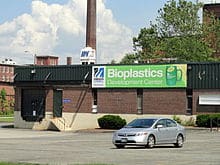
Algae bioplastics have found a champion in Frederic Scheer. He is the head of the plastics manufacturer Cereplast. Frederic Scheer is biding his time, convinced that by 2013 the price of oil will be so high that his bio-plastics, made from vegetables and plants, will be highly marketable. Scheer, 55, is the owner of Cereplast, a company that designs and makes sustainable plastics from starches found in tapioca, corn, wheat, potatoes, and algae.
He has believed for the past 20 years that the price of oil will eventually make petroleum-based plastics obsolete and clear the way for his alternative. “The tipping point for us is 95 dollars a barrel,” he said. At that price “our product becomes cheaper” than traditional plastic. “The day where we hit 95 dollars a barrel I think all of a sudden you’re going to see bio-plastics basically explode,”
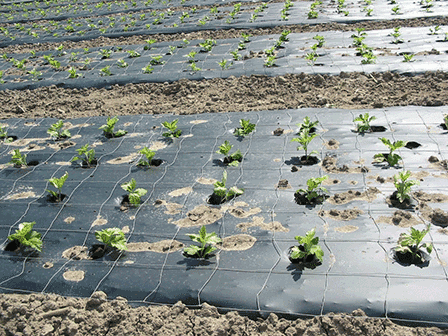
Bioplastics or organic plastics as they are called are a form of plastics made from renewable biomass such as vegetable oil and starches unlike fossil-fuel plastics which are derived from non-renewable petroleum sources. Bio-plastics provide the advantages of being environment friendly and conserve fossil fuels.
Algae act as an excellent source material for bioplastic production owing to many advantages such as high product yields and the ability to grow in a range of environments. Long chain polymers contained in algae are used to make plastics.
Algae bioplastics were discovered when many companies were exploring alternative sources of biofuels for reducing greenhouse gas emissions and fossil fuel consumptions.
Bioplastics or natural plastics are a variety of plastics based on renewable biomass resources which include vegetable oil, corn starch, pea starch as opposed to fossil-fuel plastic materials created from petroleum.
Bioplastics supply the combined advantages of resource efficiency of fossil resources and reduction in CO2 emissions, which can make them a critical development of sustainable advancement.
Algae bioplastics are superb for plastic generation due to its many advantages...
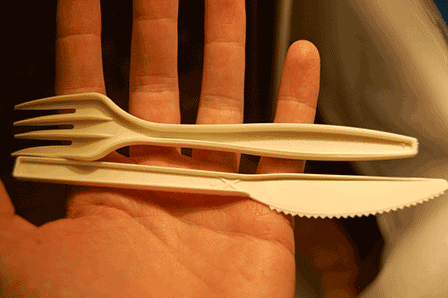
Algae serve as a superb feedstock for plastic generation due to its many advantages such as high yield as well as the capacity to expand in a range of environments.
Algae bioplastics mainly produced as a byproduct of algae biofuel manufacturing, where corporations have been discovering different options for income in addition to those from biofuels. In addition, the use of algae reveals the opportunity of using carbon dioxide, eliminating greenhouse gas pollutants from industrial facilities or power plants.
Algae bioplastics have been a recent development in the era of bioplastics in comparison to standard ways of utilizing feed stocks of corn and potatoes as plastics. While algae-based plastics are in their startup phase, the moment they are into commercialization they are likely to discover applications in a great deal of industrial sectors.
You also be interested in...
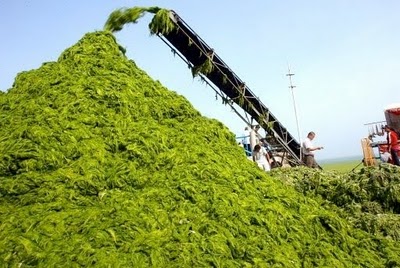
Algae Animal Feed
Most algae have a natural high protein content while a high oil content is mostly achieved though manipulation of cultivation conditions. Read More
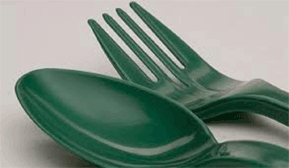
Algae Bioplastics
“The day where we hit 95 dollars a barrel I think all of a sudden you’re going to see algae bio-plastics basically explode,” That day has come...Read More

Algae in Aquaculture
From fish farms to fish food, algae aquaculture is booming. With the rising price of fish food many aquaculturists are growing their own...Read More
The Algae Revolution Has Begun
I’m not a biodiesel expert, but I would say that in his book, Making Algae Biodiesel at Home, David Sieg provides more than enough information to tackle this process with confidence if you have the inclination to tackle a do-it-yourself project of this magnitude, which will require dedication, patience, and natural skill. He provides concise overviews as well as in-depth resources for understanding the process and its variables, including tips from commercial versions and national labs. The guide covers all aspects required, including selecting, growing, harvesting the algae; and making the biodiesel. Though the process is certainly not easy, David skillfully makes it easy enough that it is within the grasp of doing this at home. His guide is well-organized and well-written, accompanied by abundant illustrations, photos, and diagrams.
New Energy Congress



